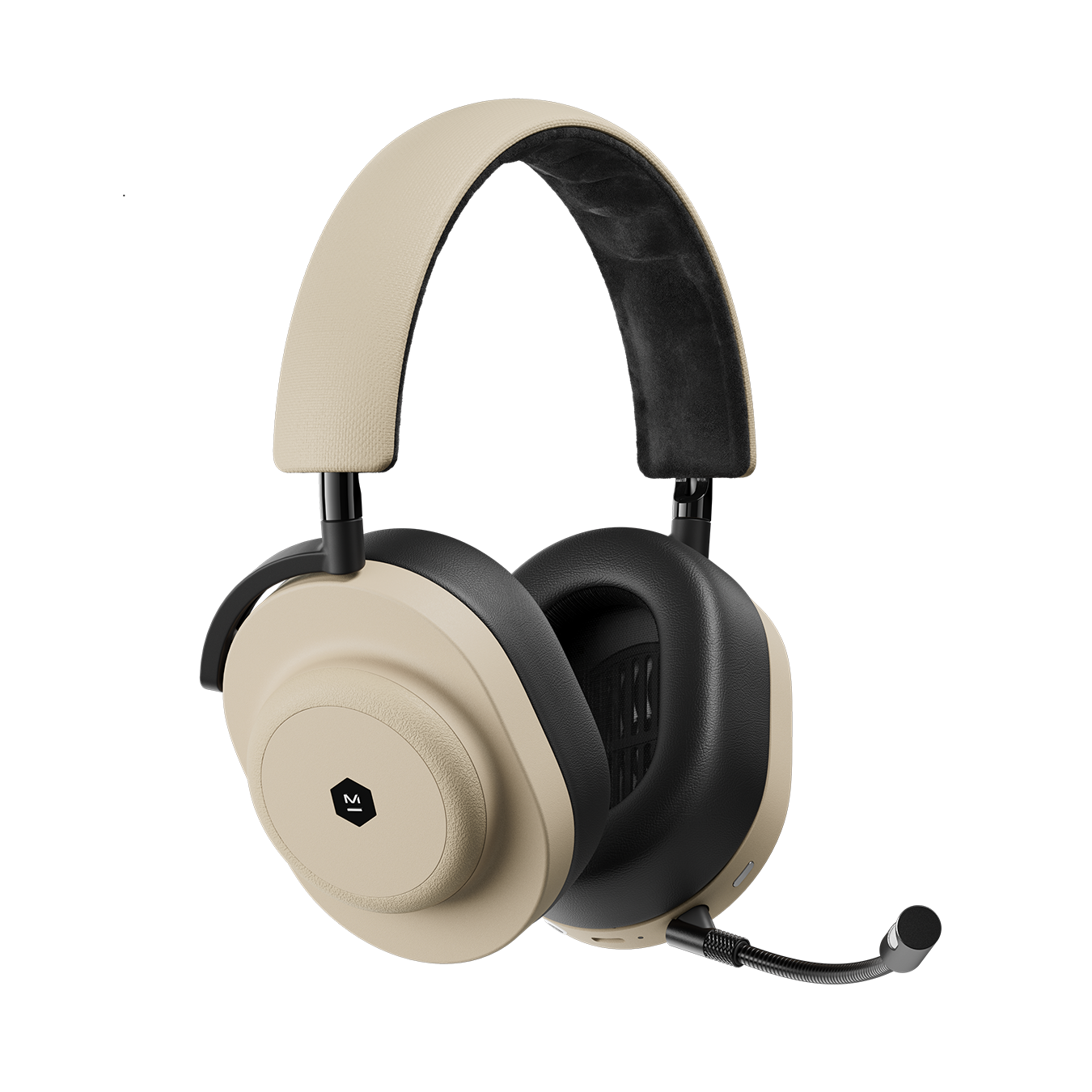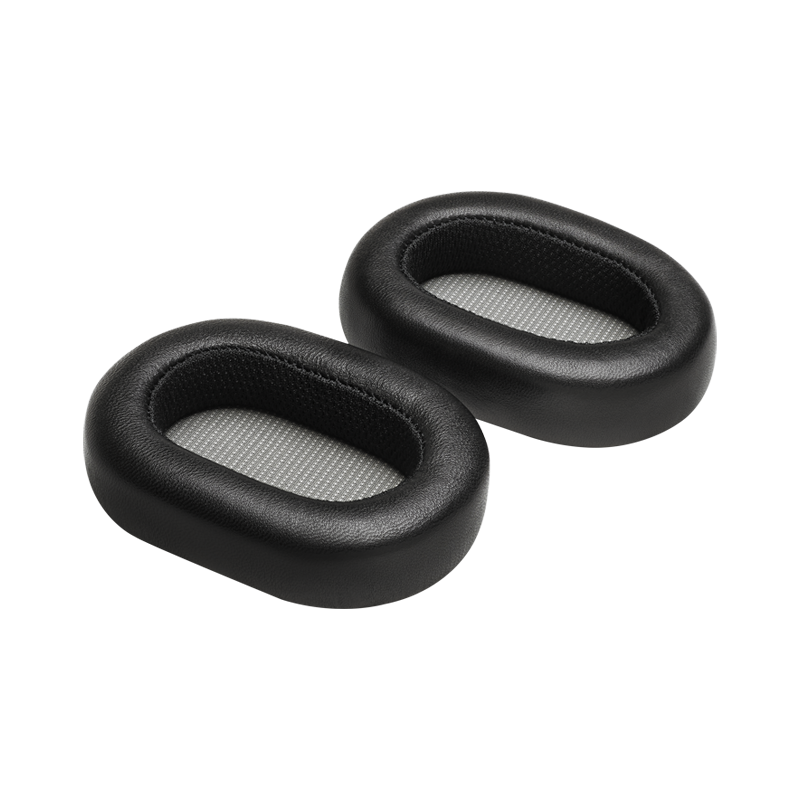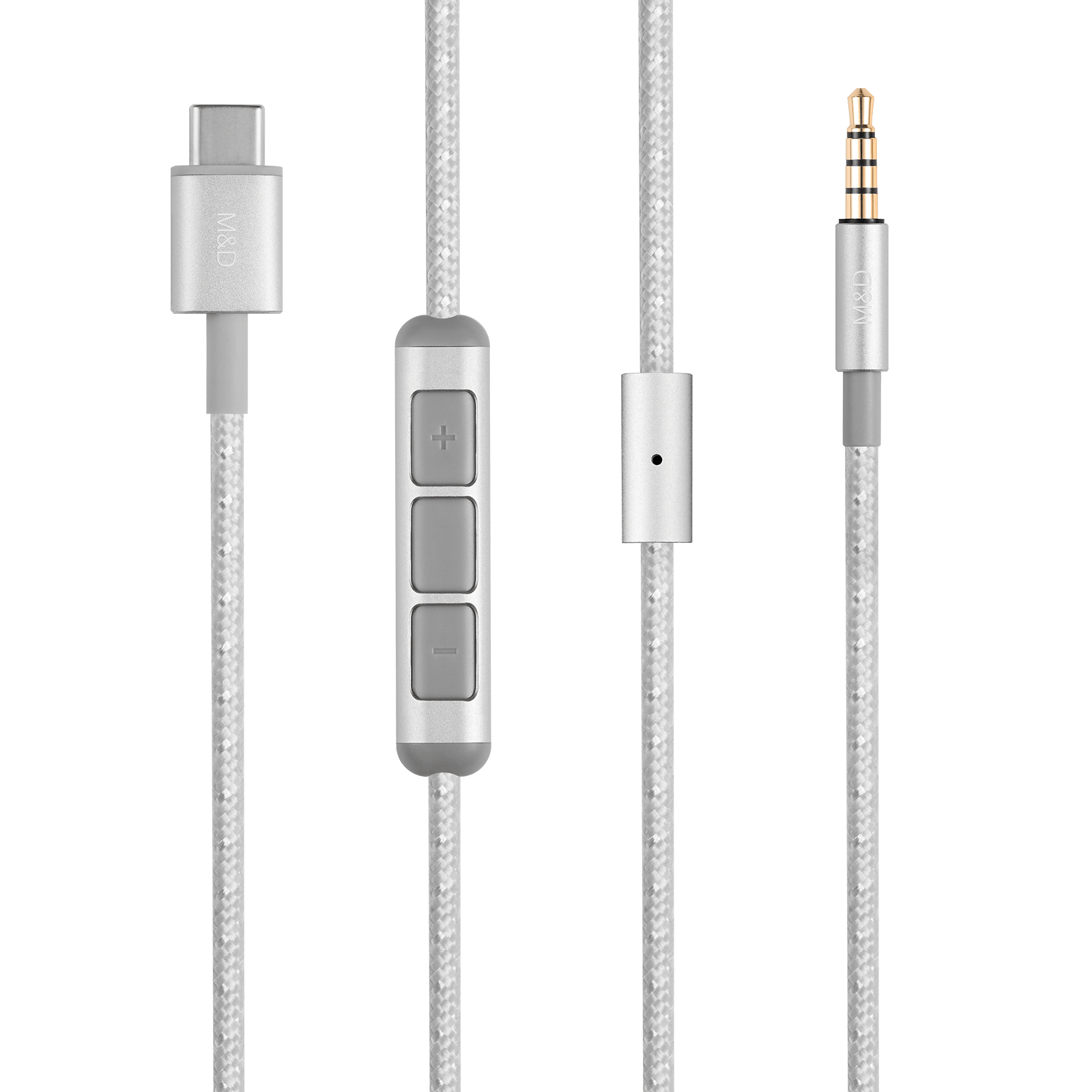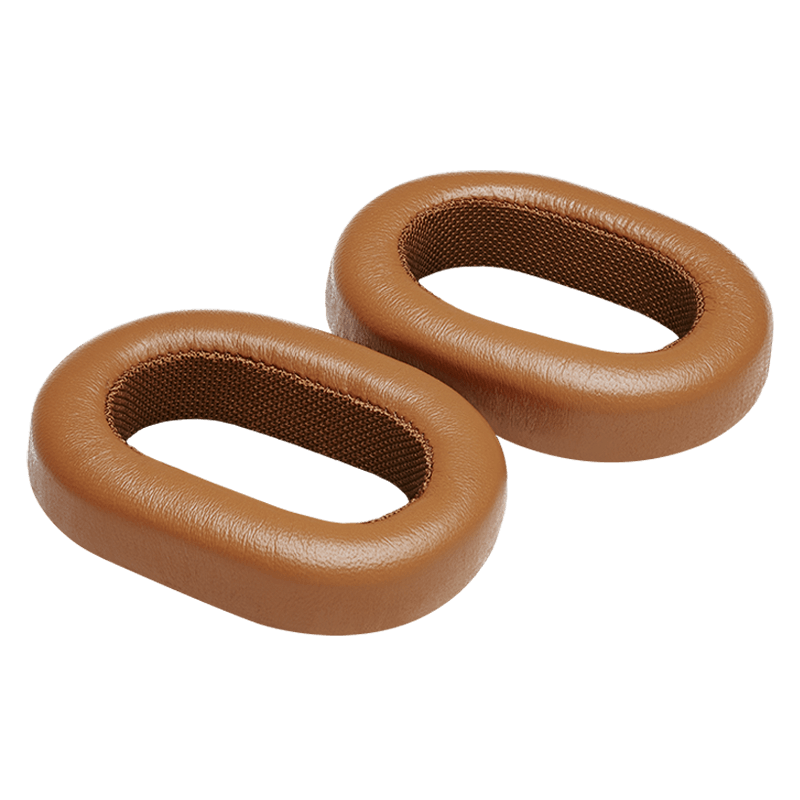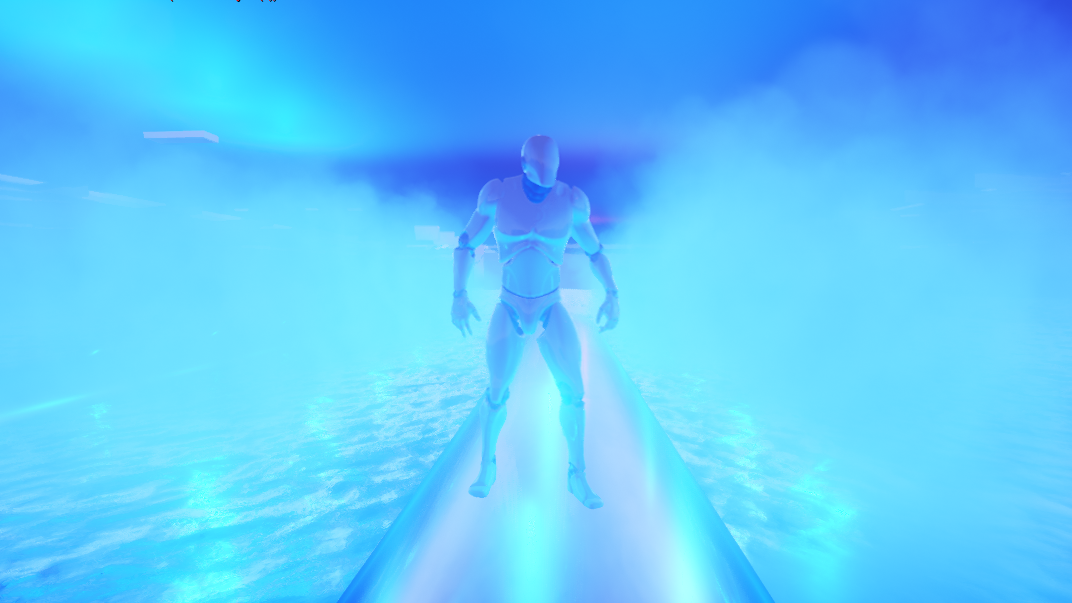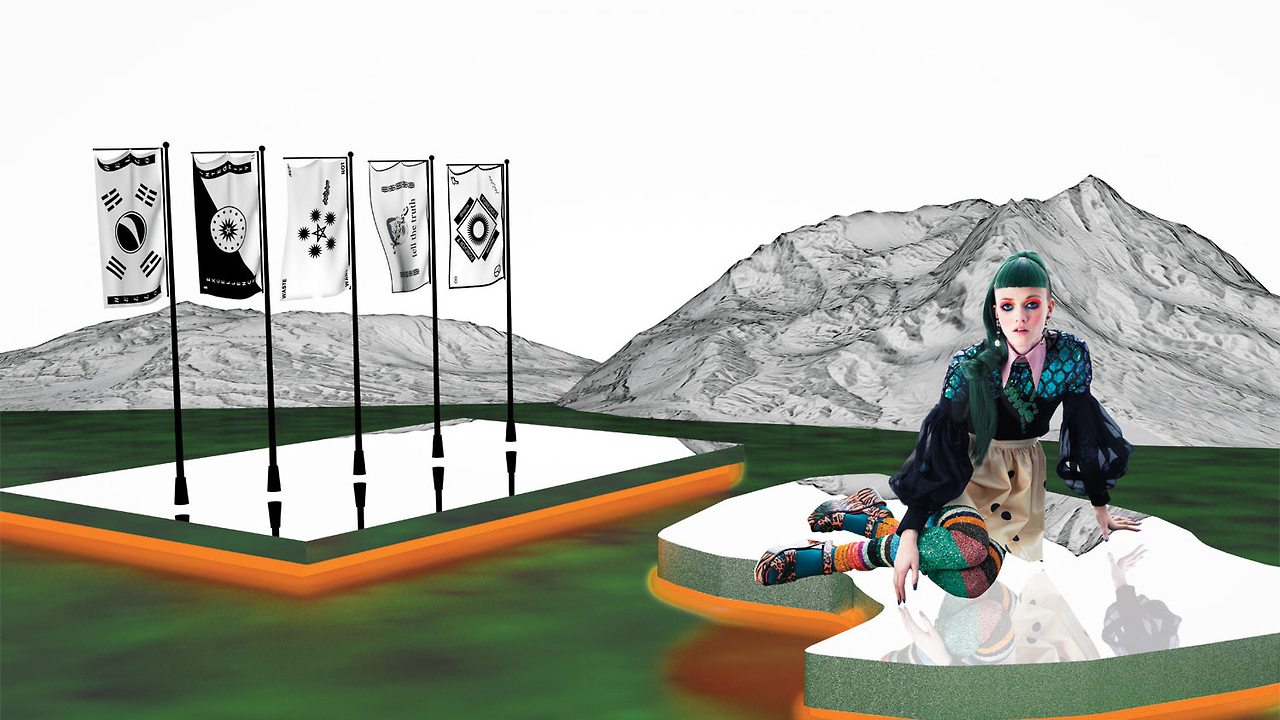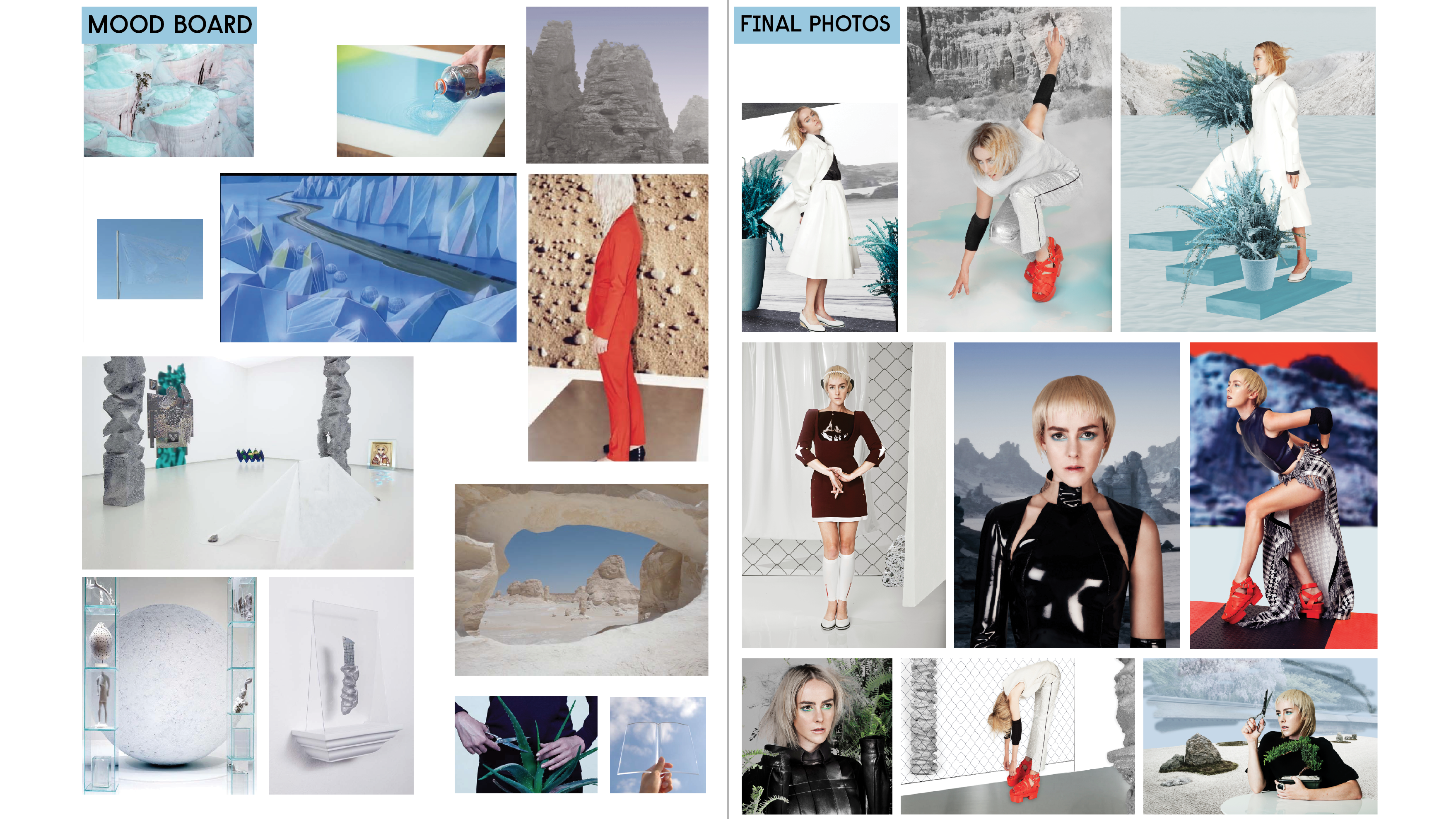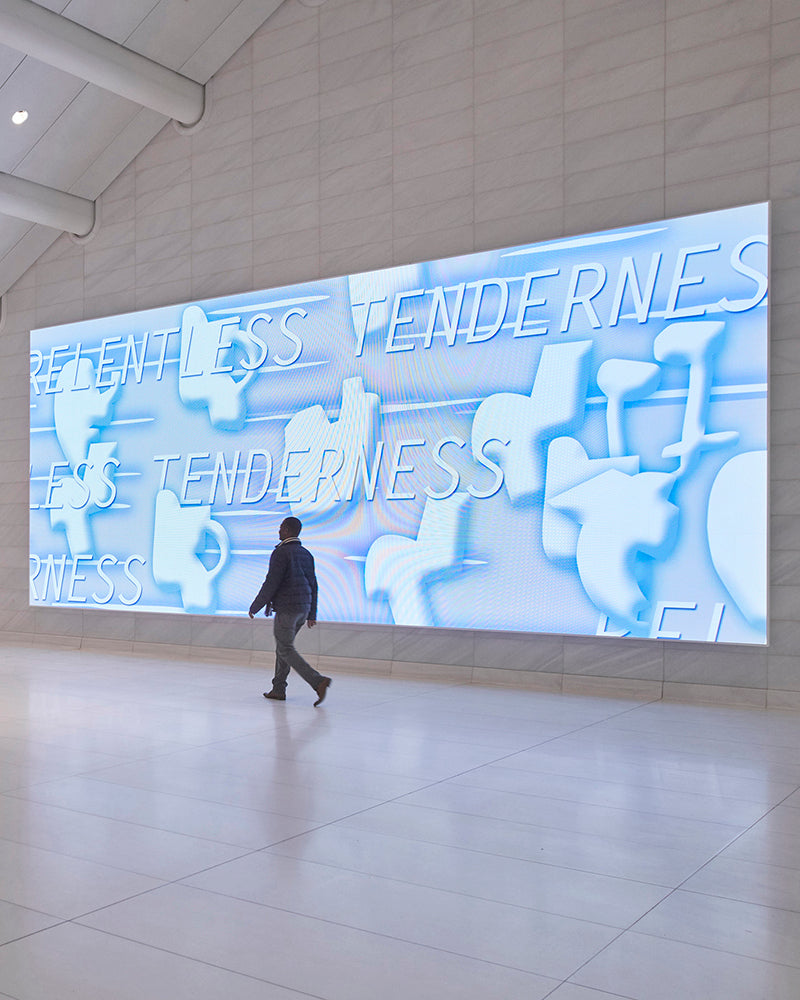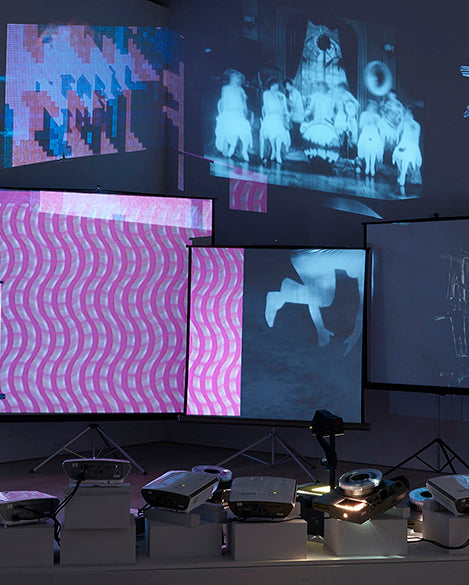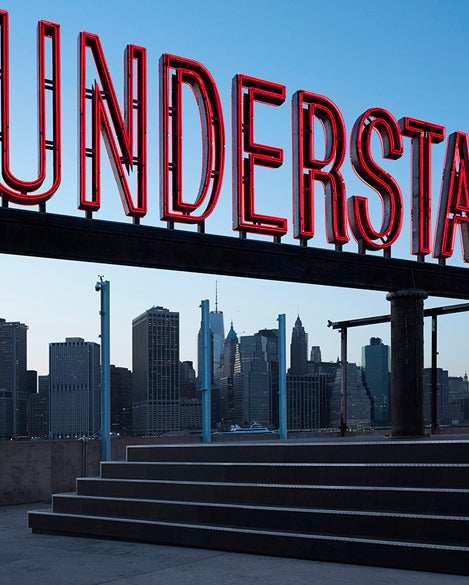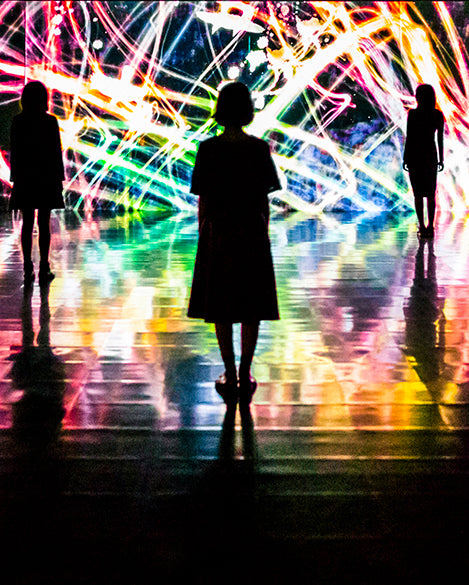When James Orlando landed his dream job as an art director at a fashion magazine, the print industry was already in decline. To survive decreasing budgets, Orlando dove into digital technology to remain relevant. Through this work, Orlando gained an innovative approach to digital and virtual, which he currently employs as a resident at NEW INC, the New Museums' tech incubator. The 10,000 met with Orlando at NEW INC to discuss his multi-faceted career and the future of digital experiences.
As the Art Director of Bullett Media, a magazine and web media company covering fashion, art, film and music, Orlando was challenged to find alternate solutions to traditionally high cost photo shoots. Originally a print magazine, Bullett suffered when the print industry saw sales, and soon budgets, start to decline. To maintain Bullett's look, he started compositing stock photography into his images and building 3D sets with cinema 4D, which led to Orlando saving "thousands of dollars in set design production fees" from choosing to work more digitally.


